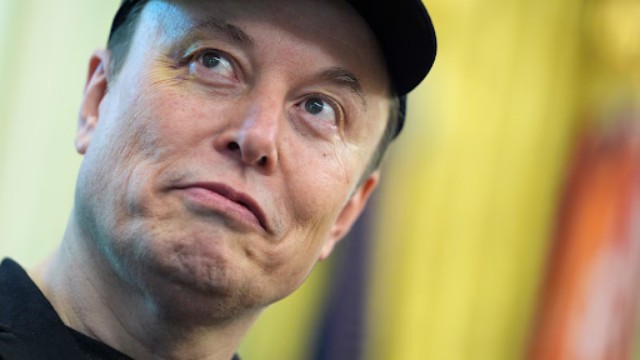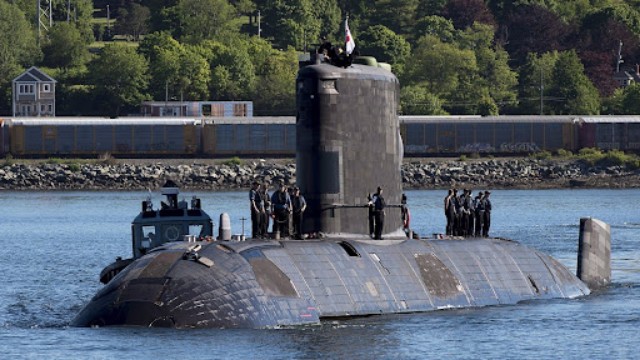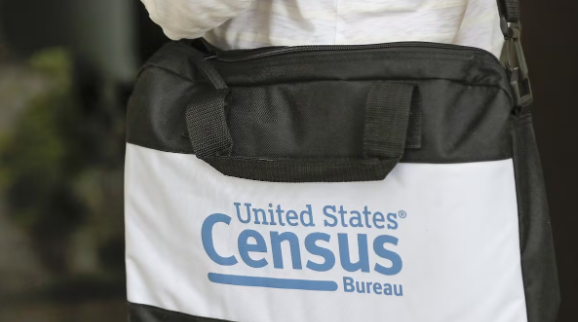
Valerio Schelbert, a student at ETH Zurich, is seen holding the SpaceHopper robot. CNN
Astronauts from the Apollo missions, who travelled to the moon between 1969 and 1972, discovered that hopping was an effective way to navigate the moon’s surface, where gravity is only one-sixth that of Earth. Today, in the realm of space exploration, robots are taking inspiration from those experiences, leading to the creation of innovative designs like SpaceHopper.
SpaceHopper is a unique three-legged robot designed specifically for exploring microgravity environments, such as the surfaces of asteroids. This project was developed by university students at ETH Zurich in Switzerland, who engineered the robot to bend its legs, allowing it to propel itself off the ground. As it jumps through the air, SpaceHopper mimics the motion of a cat falling from a height, flailing its limbs to stabilize itself before landing safely on its feet. This bouncy movement could be crucial for humanity’s future in space.
Valerio Schelbert, a master's student and systems engineer on the project, emphasized the importance of using robots for tasks in space that might be too dangerous for humans. “We just can’t just send humans into space to do tasks that might be dangerous,” he explained. “But we can build robots that could do this task for us.”
Countries worldwide have been studying asteroids to gather insights about the origins of Earth. Additionally, companies like AstroForge, based in California, are eyeing asteroids as sources for valuable metals. The SpaceHopper could be equipped with various sensors to collect valuable data during its explorations. Schelbert added that one day, minerals mined from asteroids could be used for construction in space, eliminating the need to transport materials from Earth.
Hopping locomotion has already been tested in asteroid exploration. For instance, Japan deployed rovers to the near-Earth asteroid Ryugu in 2018, including the Mobile Asteroid Surface Scout (MASCOT), which bounced and self-righted using a swinging arm. However, students at ETH Zurich claim that SpaceHopper, trained with reinforcement learning—an artificial intelligence technique that teaches through trial and error—enables more precise movement than previous models. Schelbert noted, “So, when we want to go to that crater, we can go to that crater.”
Florian Kehl, a lecturer at ETH Zurich, described the concept of a three-legged hopping robot that can adjust its position in zero gravity as “a completely new idea.” Last year, SpaceHopper experienced its first moments of weightlessness during parabolic flights, where a plane simulates weightlessness through steep roller-coaster-like maneuvers. The team was thrilled to see SpaceHopper perform its jumping and reorientation abilities in these conditions.
The success of these tests marks the completion of SpaceHopper’s current development phase. However, the knowledge gained from this project is paving the way for a new robot called LunarLeaper. This 10-kilogram (22-pound) tripod robot has been selected by the European Space Agency (ESA) as a potential lunar scout. The ESA plans to send its first European astronaut to the moon by 2030 and is incorporating robots to help prepare for this milestone. The LunarLeaper team, including ETH Zurich researchers, aims to explore a pit believed to connect to a subsurface lava tube. Such lava tubes could serve as shelters for future lunar bases, providing protection from the moon’s harsh environment.
Schelbert expressed hope that the advancements made with SpaceHopper will significantly contribute to future space exploration efforts, potentially enabling humanity to become an interstellar society.















